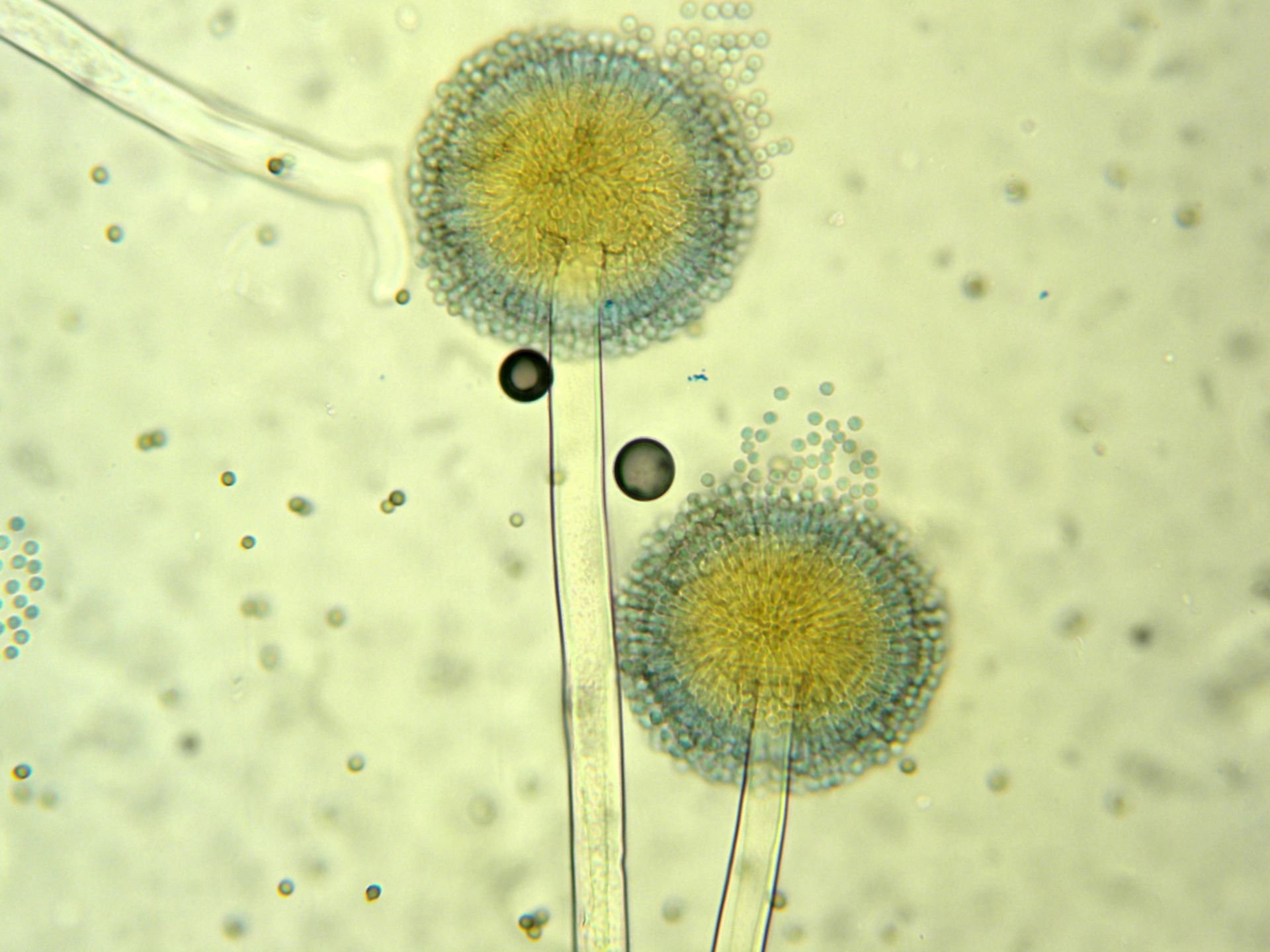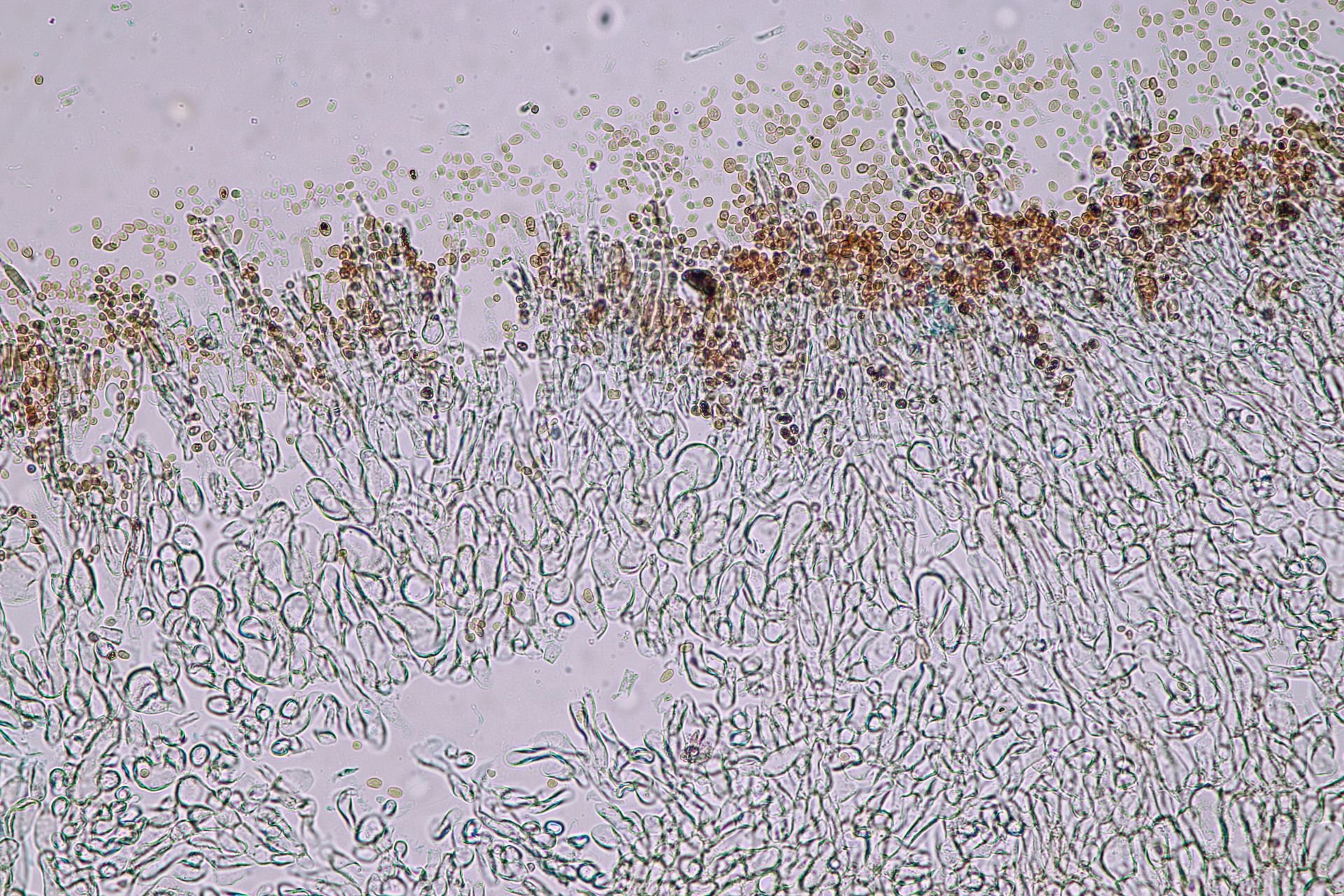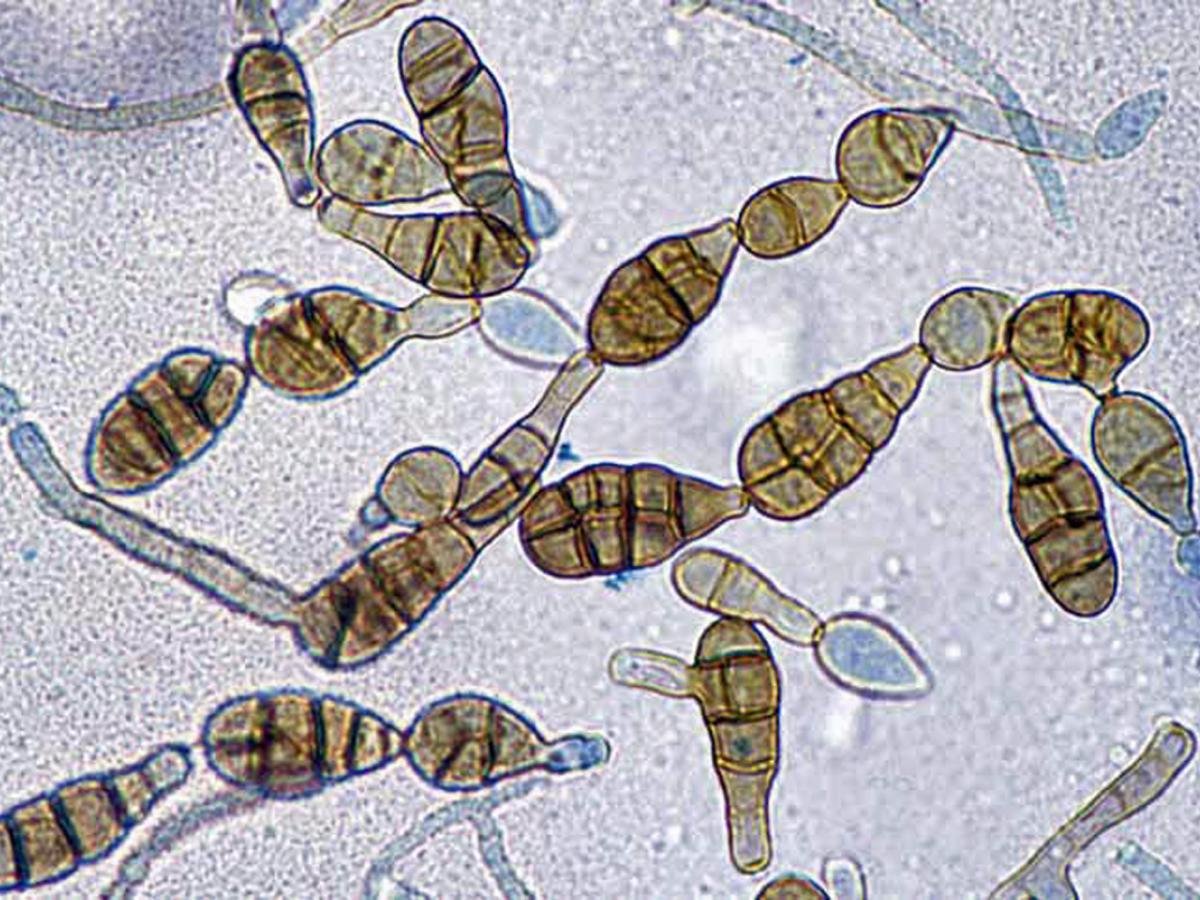Common Molds That Produce Mycotoxins
Molds are a type of fungi that can be found in many different environments, including indoor and outdoor spaces. While some molds are harmless, others can produce toxic substances known as mycotoxins that can have serious health implications for humans and animals.
There are several types of molds that are known to produce mycotoxins, with some being more common than others. Here, we'll take a closer look at the most common molds that produce mycotoxins and the types of mycotoxins they can produce.
1. Aspergillus
Aspergillus is a type of mold that can produce several different types of mycotoxins, including aflatoxins, ochratoxins, and sterigmatocystin. Aflatoxins are particularly concerning, as they are carcinogenic and can cause liver damage in humans and animals. Aspergillus is commonly found in grains, nuts, and other agricultural products, but can also be found in indoor water-damaged environments, or in environments with high humidity.
2. Penicillium
Penicillium is another common type of mold that can produce mycotoxins, including ochratoxin and patulin. Ochratoxin has been linked to kidney damage and is classified as a possible human carcinogen by the International Agency for Research on Cancer (IARC). Penicillium is often found in fruits and vegetables, as well as in some dairy products. Similar to Aspergillus, this is also commonly seen in an indoor environment after water damage events or due to high humidity.
3. Fusarium
Fusarium is known for producing mycotoxins such as trichothecenes, zearalenone, and fumonisins. Trichothecenes can cause vomiting, diarrhea, and other symptoms of food poisoning, while fumonisins have been linked to cancer and neural tube defects in animals. Although Fusarium is seen in the indoor environment, it is much more common to be observed in grains, such as corn and wheat, and is often associated with food poisoning. Occurrences of Fusarium in foods are most problematic if the foods have not been properly stored.
4. Alternaria
Alternaria is a type of mold that can produce several different types of mycotoxins, including alternariol and tenuazonic acid. While the health effects of these mycotoxins are not well understood, some studies have suggested that they may be carcinogenic. Alternaria is often found in water-damaged buildings and in foods, such as cucumbers, tomatoes, and oil seeds.
5. Stachybotrys
Stachybotrys is a type of mold that is often referred to as "black mold" due to its dark greenish-black color. It is commonly found in materials high in cellulose, such as paper, cardboard, and wood products, that have been wet for an extended period of time. Stachybotrys is known for producing several different mycotoxins, including satratoxins, which are toxic to humans and animals.
Satratoxins are produced by several different species of Stachybotrys and are known to cause a variety of health problems in humans and animals, including respiratory issues, neurological symptoms, and immune system suppression. Satratoxins can also cause skin irritation, eye irritation, and mucous membrane irritation.
Exposure to Stachybotrys and its mycotoxins can occur through inhalation, ingestion, or skin contact. People who are exposed to Stachybotrys and its mycotoxins may experience symptoms such as coughing, wheezing, sneezing, headache, fatigue, and fever. Long-term exposure to Stachybotrys and its mycotoxins can lead to more severe health problems, such as chronic respiratory issues and neurological damage.
It's important to note that, while Stachybotrys is known for producing mycotoxins, not all strains of this mold produce toxic substances.
So, are mycotoxins in the environment or in the food?
Mold can grow indoors, outdoors, and on food. Mold thrives in warm, moist environments. Wherever those environments may be, mold will grow.
Here is the tricky part. The most common types of molds that can be found indoors are the most common types to grow on contaminated food. Therefore, it can be difficult to directly correlate an indoor environment as a causation for mycotoxin exposure unless there is substantial evidence.
To prevent mold growth in indoor environments, it's important to maintain proper humidity levels, properly ventilate/condition indoor spaces, and promptly address any water damage or leaks. Regular cleaning of areas that are prone to mold growth, such as bathrooms and kitchens, can also help prevent mold growth. In cases where mold growth is obvious, it is recommended to hire a professional mold inspector, indoor environmentalist, or mold remediation company to determine the extent of the issue and devise a plan to safely and effectively remove the mold.
It's important to note that these are just a few examples of the many types of molds that can produce mycotoxins. The presence of these molds and their mycotoxins can have serious health implications, so it's important to take precautions to avoid exposure.
About The Author
Brantley is a Building Scientist and Council-Certified Indoor Environmental Consultant with a specialty in Mycology and certified by the McCrone Research Institute and the Oshner Medical Center for the examination and identification of fungal spores and pollen via microscopy.
Brantley is certified by the Building Performance Institute as a Building Analyst, Building Envelope Professional, and Infiltration and Duct Leakage Expert. Brantley also holds several certifications related to the identification of Mycotoxins, Water Damage, Odor Control, Structural Drying, Infectious Disease Control, and Energy efficiency issues and is a student of Mechanical Engineering.
He is also a state-licensed mold assessor who carries the credentials for teaching and proctoring exams for other professionals to receive their state accreditations and certifications in mold and environmental-related services.
REFERENCES
¹ EPA , Should I test or sample for mold in my home using the Environmental Relative Moldiness Index, or ERMI
² EPA, The Environmental Relative Moldiness Index Fact Sheet
³ EPA, Public May Be Making Indoor Mold Cleanup Decisions Based on EPA Tool Developed Only for Research Applications
⁴ Stephen Vesper, et al., Comparison of ERMI results for dust collected from homes by electrostatic cloth and by the standard vacuum method






